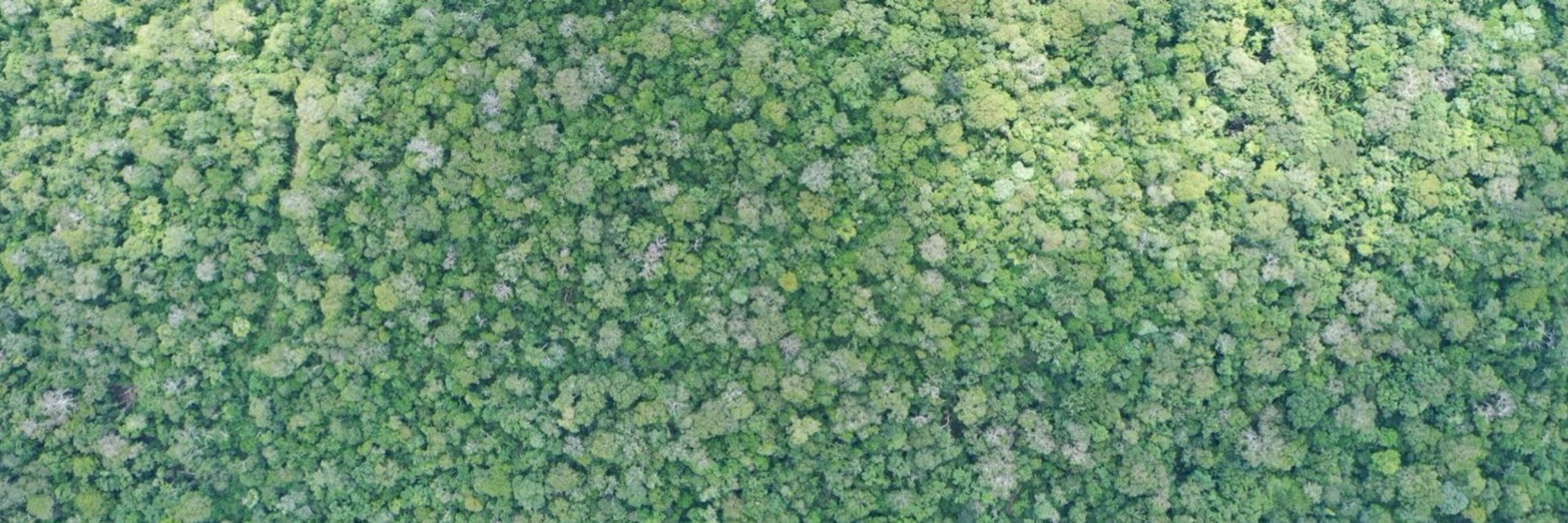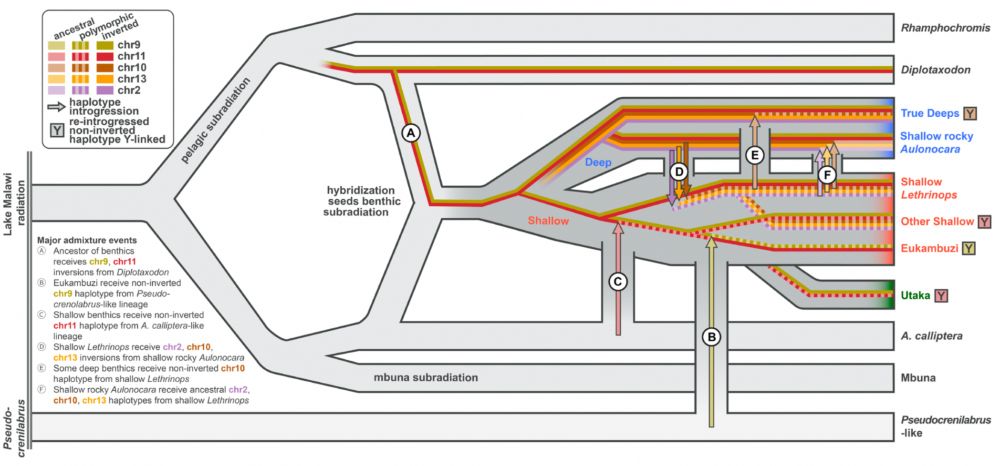
Moritz Blumer
@moritzblumer.bsky.social
PhD Student @GeneticsCam. Interested in Genomics, Biodiversity, Speciation, Conservation 🐟🦇🐋🐛🐆. Formerly @goetheuni & @mpicbg.
http://github.com/MoritzBlumer
🇪🇺
http://github.com/MoritzBlumer
🇪🇺
And thanks to all other co-authors, some are on bluesky:
@currocam.bsky.social
@alexhooft.bsky.social
@joelelkin.bsky.social
@millanek.bsky.social
@dlimnothrissa.bsky.social
@domino-joyce.fishsci.com.ap.brid.gy
@astridboehne.bsky.social
@emiliapsantos.bsky.social
@ericmiska.bsky.social
@currocam.bsky.social
@alexhooft.bsky.social
@joelelkin.bsky.social
@millanek.bsky.social
@dlimnothrissa.bsky.social
@domino-joyce.fishsci.com.ap.brid.gy
@astridboehne.bsky.social
@emiliapsantos.bsky.social
@ericmiska.bsky.social
June 19, 2025 at 12:36 PM
And thanks to all other co-authors, some are on bluesky:
@currocam.bsky.social
@alexhooft.bsky.social
@joelelkin.bsky.social
@millanek.bsky.social
@dlimnothrissa.bsky.social
@domino-joyce.fishsci.com.ap.brid.gy
@astridboehne.bsky.social
@emiliapsantos.bsky.social
@ericmiska.bsky.social
@currocam.bsky.social
@alexhooft.bsky.social
@joelelkin.bsky.social
@millanek.bsky.social
@dlimnothrissa.bsky.social
@domino-joyce.fishsci.com.ap.brid.gy
@astridboehne.bsky.social
@emiliapsantos.bsky.social
@ericmiska.bsky.social
A special thanks to everyone involved in this long-term project, especially the main authors Valentina Burskaia, Ilia Artiushin, @sahajaysmita.bsky.social, Hannes Svardal and Richard Durbin. Stay tuned for more interesting inversion stories!
June 19, 2025 at 12:23 PM
A special thanks to everyone involved in this long-term project, especially the main authors Valentina Burskaia, Ilia Artiushin, @sahajaysmita.bsky.social, Hannes Svardal and Richard Durbin. Stay tuned for more interesting inversion stories!
Taken together, our findings point towards a dual role for recombination-suppressed regions (in our case: inversions) in the evolution of cichlid adaptive radiations. This is in line with another very nice recent study (Kumar et al., doi.org/10.7554/eLife.104923.2) who found the same inversions.
June 19, 2025 at 12:23 PM
Taken together, our findings point towards a dual role for recombination-suppressed regions (in our case: inversions) in the evolution of cichlid adaptive radiations. This is in line with another very nice recent study (Kumar et al., doi.org/10.7554/eLife.104923.2) who found the same inversions.
(As a side note: We also found evidence that previously identified sex determination systems in the Lake Victoria sister radiation are most likely inversions, but emerged independent from the Malawi ones).
June 19, 2025 at 12:23 PM
(As a side note: We also found evidence that previously identified sex determination systems in the Lake Victoria sister radiation are most likely inversions, but emerged independent from the Malawi ones).
Interestingly, we found strong evidence that at least three inversions are involved in sex determination in some lineages, while the same inversions do not determine sex in other groups.

June 19, 2025 at 12:23 PM
Interestingly, we found strong evidence that at least three inversions are involved in sex determination in some lineages, while the same inversions do not determine sex in other groups.
Together with the origin of two inversions in the deepwater 𝐷𝑖𝑝𝑙𝑜𝑡𝑎𝑥𝑜𝑑𝑜𝑛 lineage, and the higher inversion frequencies in the extant deep clade, we believe that these inversions played a role when lineages adapted to different habitat depths, one of the most common axes of diversification in fish.
June 19, 2025 at 12:23 PM
Together with the origin of two inversions in the deepwater 𝐷𝑖𝑝𝑙𝑜𝑡𝑎𝑥𝑜𝑑𝑜𝑛 lineage, and the higher inversion frequencies in the extant deep clade, we believe that these inversions played a role when lineages adapted to different habitat depths, one of the most common axes of diversification in fish.
Focusing on the SNPs from within the inversion regions that were most correlated with inversion state, we identified patterns of positive selection that were enriched for genes related to sensory perception.

June 19, 2025 at 12:23 PM
Focusing on the SNPs from within the inversion regions that were most correlated with inversion state, we identified patterns of positive selection that were enriched for genes related to sensory perception.
Interestingly, we found evidence that uninverted haplotypes of these inversions in benthics introgressed repeatedly from riverine lineages, in one case likely even from a 𝑃𝑠𝑒𝑢𝑑𝑜𝑐𝑟𝑒𝑛𝑖𝑙𝑎𝑏𝑟𝑢𝑠-like outgroup to the Malawi radiation, a lineage that still exists in the surrounding rivers today.
June 19, 2025 at 12:23 PM
Interestingly, we found evidence that uninverted haplotypes of these inversions in benthics introgressed repeatedly from riverine lineages, in one case likely even from a 𝑃𝑠𝑒𝑢𝑑𝑜𝑐𝑟𝑒𝑛𝑖𝑙𝑎𝑏𝑟𝑢𝑠-like outgroup to the Malawi radiation, a lineage that still exists in the surrounding rivers today.
In particular, the chromosome 9 and the compound chromosome 11 inversions likely arose in the proto 𝐷𝑖𝑝𝑙𝑜𝑡𝑎𝑥𝑜𝑑𝑜𝑛 lineage and remain polymorphic among today’s benthics.
June 19, 2025 at 12:23 PM
In particular, the chromosome 9 and the compound chromosome 11 inversions likely arose in the proto 𝐷𝑖𝑝𝑙𝑜𝑡𝑎𝑥𝑜𝑑𝑜𝑛 lineage and remain polymorphic among today’s benthics.
... we believe that the most species rich and ecologically diverse subradiation arose from a hybridization event between the ancestors of two ecologically contrasting lineages: the riverine-like 𝐴. 𝑐𝑎𝑙𝑙𝑖𝑝𝑡𝑒𝑟𝑎 and the deepwater specialists 𝐷𝑖𝑝𝑙𝑜𝑡𝑎𝑥𝑜𝑑𝑜𝑛.

June 19, 2025 at 12:23 PM
... we believe that the most species rich and ecologically diverse subradiation arose from a hybridization event between the ancestors of two ecologically contrasting lineages: the riverine-like 𝐴. 𝑐𝑎𝑙𝑙𝑖𝑝𝑡𝑒𝑟𝑎 and the deepwater specialists 𝐷𝑖𝑝𝑙𝑜𝑡𝑎𝑥𝑜𝑑𝑜𝑛.
Taking into account all available lines of evidence, especially the phylogenetic distribution of the inversions (see the first image) and patterns of allele sharing among Malawi clades and outgroups within and outside inversion regions ...
June 19, 2025 at 12:23 PM
Taking into account all available lines of evidence, especially the phylogenetic distribution of the inversions (see the first image) and patterns of allele sharing among Malawi clades and outgroups within and outside inversion regions ...
Using new chromosome-level assemblies and haplotagged (linked) reads of representatives of the major clades we confirmed that these regions are in fact inversions. Pairwise alignments also showed that the outlier region on chromosome 11 consists of two adjacent but co-segregating inversions.

June 19, 2025 at 12:23 PM
Using new chromosome-level assemblies and haplotagged (linked) reads of representatives of the major clades we confirmed that these regions are in fact inversions. Pairwise alignments also showed that the outlier region on chromosome 11 consists of two adjacent but co-segregating inversions.
Using windowed PCA and a new clustering approach we identified five chromosome-scale regions with aberrant phylogenetic patterns – consistent with large and divergent segregating haplotypes.

June 19, 2025 at 12:23 PM
Using windowed PCA and a new clustering approach we identified five chromosome-scale regions with aberrant phylogenetic patterns – consistent with large and divergent segregating haplotypes.
The biallellic variant callset is available for download: doi.org/10.17863/CAM....
Research data supporting "Introgression dynamics of sex-linked chromosomal inversions shape the Malawi cichlid radiation"
doi.org
June 19, 2025 at 12:23 PM
The biallellic variant callset is available for download: doi.org/10.17863/CAM....
Following a decade of field work with many collaborators from Europe and Malawi, we sequenced 1,375 Malawi cichlids from 240 species (covering all major ecomorphological clades) and called variants against a chromosome-level 𝐴. 𝑐𝑎𝑙𝑙𝑖𝑝𝑡𝑒𝑟𝑎 reference genome.
June 19, 2025 at 12:23 PM
Following a decade of field work with many collaborators from Europe and Malawi, we sequenced 1,375 Malawi cichlids from 240 species (covering all major ecomorphological clades) and called variants against a chromosome-level 𝐴. 𝑐𝑎𝑙𝑙𝑖𝑝𝑡𝑒𝑟𝑎 reference genome.

